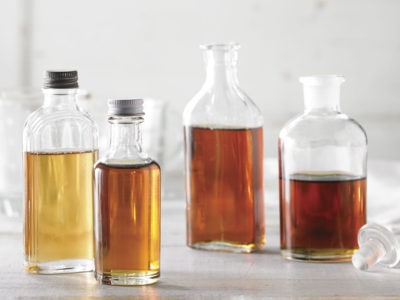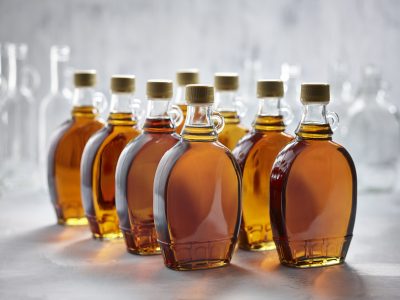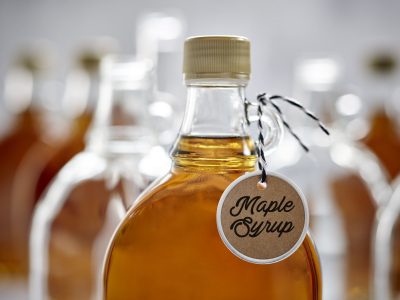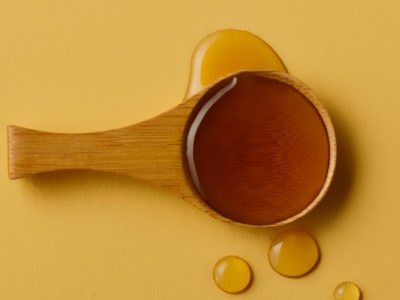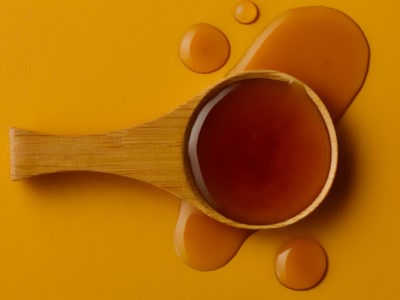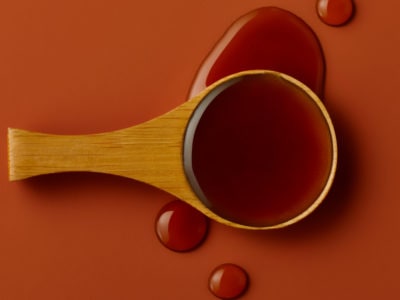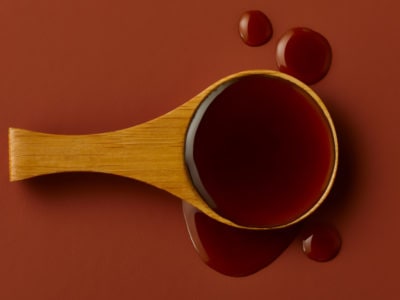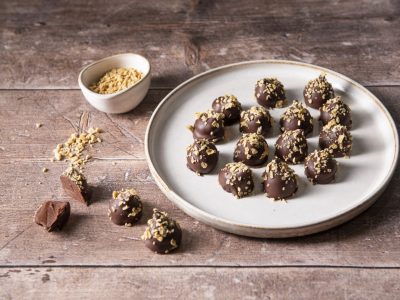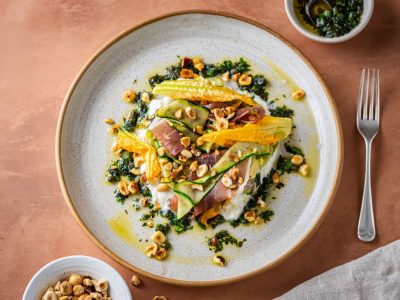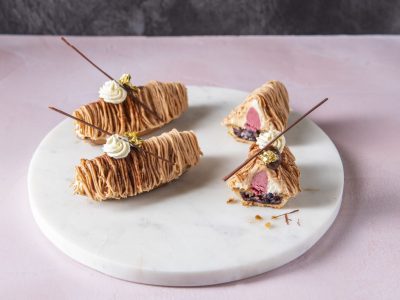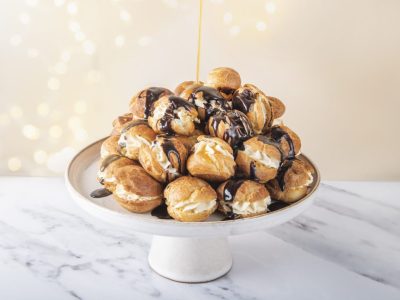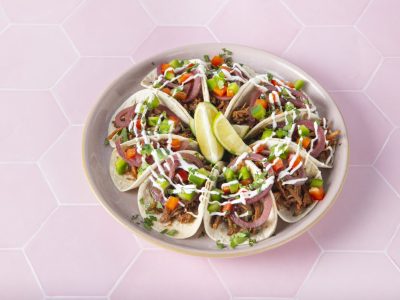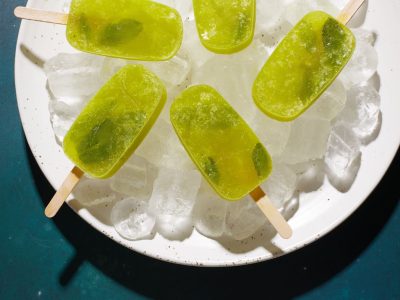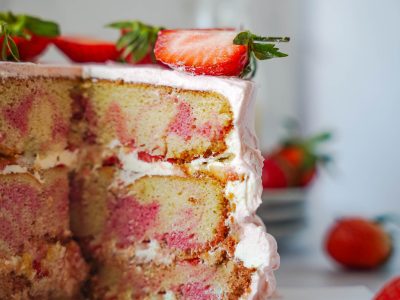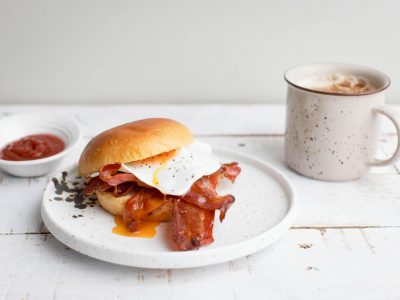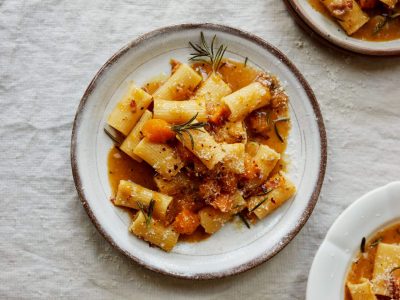Maple Syrup
Pure maple syrup is made by tapping the sugary sap found in Quebec’s maple trees, and then boiling it to form a thick, sweet-tasting syrup.
The magic of maple...
What is maple syrup?
Maple syrup is one of the world’s most popular sweeteners and serves as a revered emblem of Canadian culture. Much more than a pancake topping, the ingredient can be used in everything from drinks and desserts to snacks, starters and main dishes.
Enjoyed around the world for its rich, caramel-like taste and versatile range of uses, maple syrup is a natural product derived solely from the sugary sap found in maple trees. As such, it contains a number of essential nutrients, making it a great alternative to processed sweeteners.
Looking to learn more about this one-of-a-kind product? Below, we cover everything you need to know about maple syrup, from its fascinating history and unique production process to its grading system and variety of culinary applications.
How is maple syrup made?
Each spring, deep in the maple forests of Quebec, a unique natural process occurs as the starches stored in the roots of the maple tree during winter are converted into sugar, sweetening the sap that lies in wait for the maple syrup producers.
The alternating freeze-thaw cycle of night and day creates negative pressure in the tree, pushing the sap up from the roots and out towards the branches. When these conditions are met, the tapping season begins.
Small holes are delicately inserted into the tree, and adjoining tubes are attached, from which the sap can be extracted and sent to a nearby sugar shack. Here, it is boiled to reduce the water content, eventually forming the thick, sweet-tasting syrup we know as maple syrup.
Pure maple syrup vs maple-flavoured syrup
Ever wondered what the difference is between pure maple syrup (or organic maple syrup) and maple-flavoured syrup? It’s not always easy for consumers to understand this important distinction, which has a heavy bearing on the overall quality and nutritional value of the product.
Unlike pure maple syrup, which is a natural product made entirely from maple sap, maple-flavoured syrup is a heavily processed product containing only partial amounts of maple syrup mixed with other ingredients like inverted sugar syrup and other artificial flavourings.
The two products are fundamentally different, with the mixing of ingredients that takes place with maple-flavoured syrups removing many of nutrients that are naturally present in maple sap while also weakening the distinctive maple flavour.
The history of maple syrup
Rich not only in taste but also in history, maple syrup has served as one of the world’s most coveted sweeteners for hundreds of years. It first enters the historical record sometime between 1534 and 1542, though it’s believed Native Americans were consuming maple sap much earlier.
Upon discovering maple syrup, Jacques Cartier and his crew of fellow explorers likened the sap to a fine wine. In the decades that followed, maple syrup began to be exported to Europe, serving as a luxury item and culinary curiosity for the upper classes.
Through the years, new maple products have been introduced to the market and innovative technologies have been adopted, helping the industry grow on a global scale. Today, maple syrup is enjoyed all around the world.
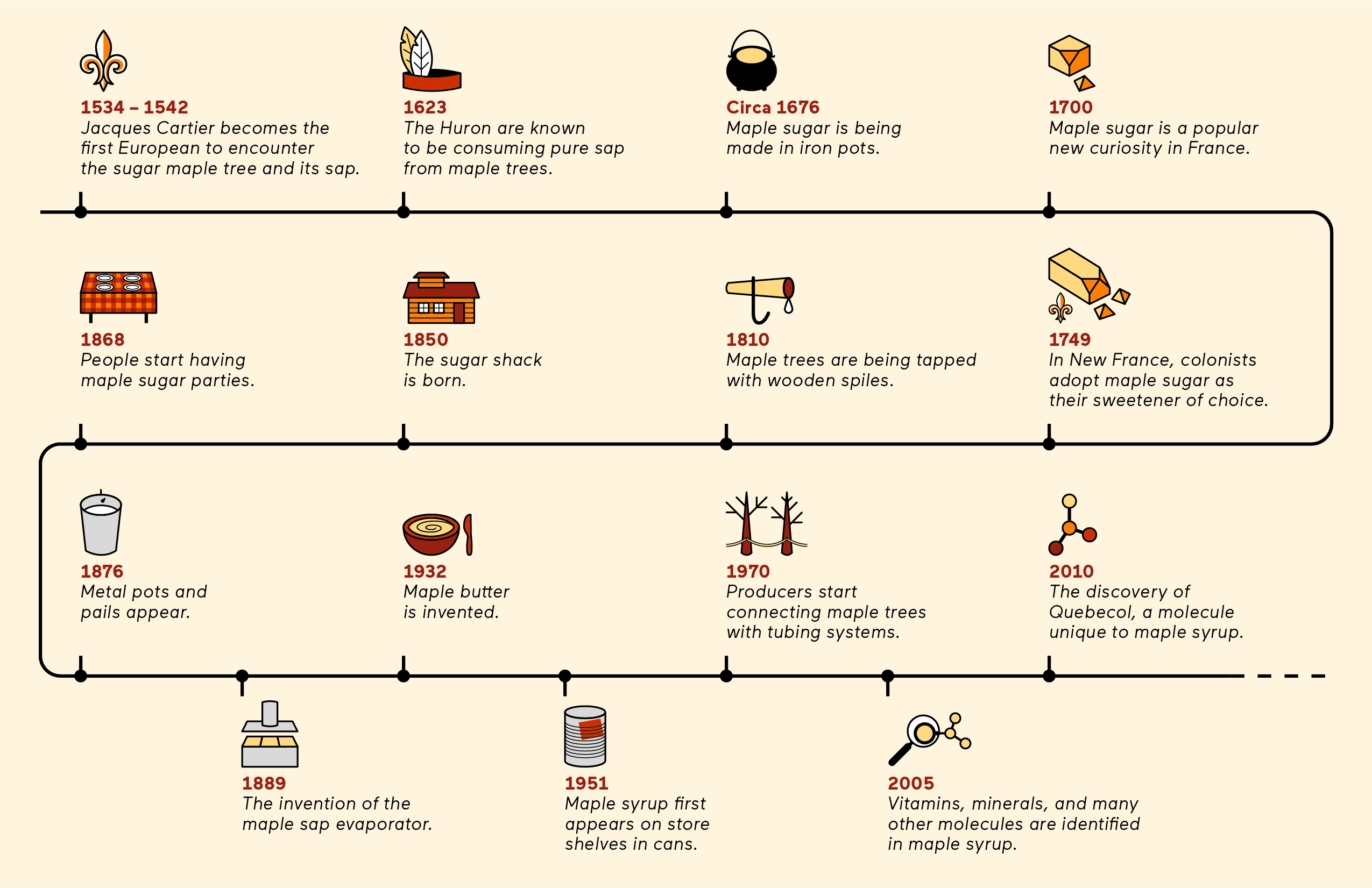
The four grades of maple syrup
Did you know that there are four different grades of organic maple syrup, each with its own distinct colour and flavour? The grades are harvested at different points of the tapping season, as antimicrobial activity in the maple sap causes the liquid to darken and its flavour to intensify.
- Golden — delicate taste
Primarily produced from the syrup collected at the very beginning of the season. Recognisable by its light colour and sweet, delicate flavour.
- Amber — rich taste
The most commonly used grade in the UK. Relatively light in colour, it has a pure, rich taste and is ideal in vinaigrettes or drizzled over sweet and savoury dishes.
- Dark — robust taste
Harvested in the second half of the tapping season, after amber maple syrup. Its more pronounced maple flavour is perfect for cooking, desserts and sauces.
- Very Dark — strong taste
Darker in colour. Rich, distinctive flavour that is more pronounced than that of dark maple syrup. Recommended for sauces and glazes.
How to store maple syrup
After opening a fresh bottle of maple syrup, it’s always best to store is in the fridge, where it can last for between six and twelve months. Alternatively, you have the option of storing it in the freezer to preserve freshness, and then defrosting it prior to use.
If the bottle of maple syrup is still sealed, and stored in an airtight glass container, it will likely last several years in your cupboard before going off, though it’s always wise to consult the expiry date on the bottle.
The storage material can also have an impact on freshness, with glass bottles being the best for preservation, while tins and plastic bottles generally have a shorter shelf life.
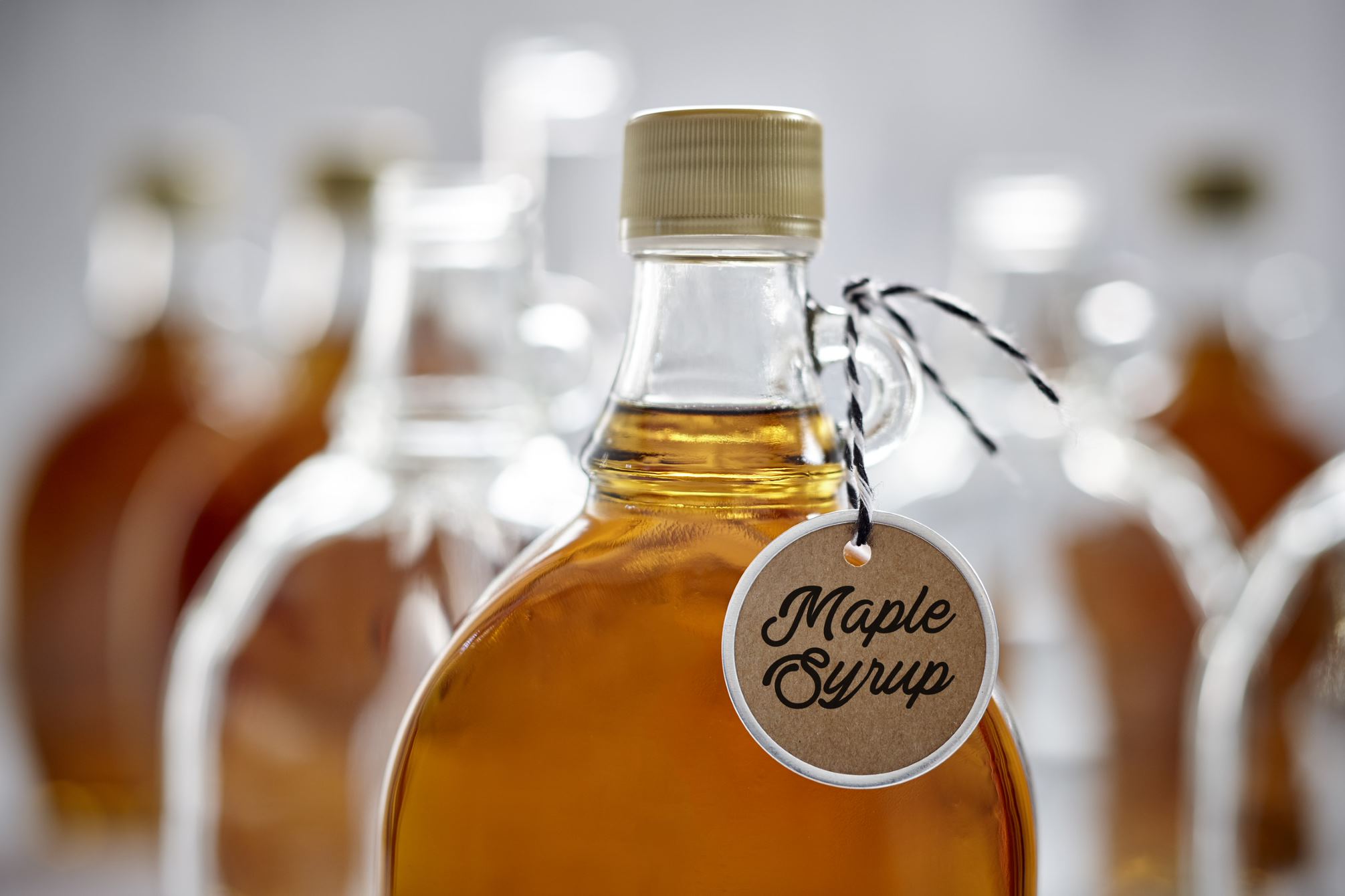
Cooking with maple syrup
Maple syrup is known primarily for being a great addition to pancakes, but this only scratches the surface of its many culinary applications. The sweetener can be used in a wide variety of drinks, including tea, coffee and cocktails, as well as a multitude of desserts and savoury dishes.
When it comes to baking, maple syrup is great for mixing into doughs and batters, adding depth of flavour to cakes, cookies and other sweet treats. And of course, it’s also ideal for drizzling over baked goods once they emerge from the oven.
In terms of sides, starters and mains, maple syrup can be mixed into sauces, glazes and marinades, complementing savoury flavours with its signature sweetness. What’s more, it also works well in vinaigrettes for dressing salads.
With most recipes containing sugar or another type of sweetener, maple syrup can generally be substituted in, even in an equal ratio or by using slightly less maple syrup, changing the complexion of the dish with the rich and intricate flavours that so many people have come to crave.
Hundreds of Delicious Recipes
Maple is a special addition to any recipe, from starters and snacks to sumptuous desserts. Find one that’s perfect for you, your family and friends.
)
